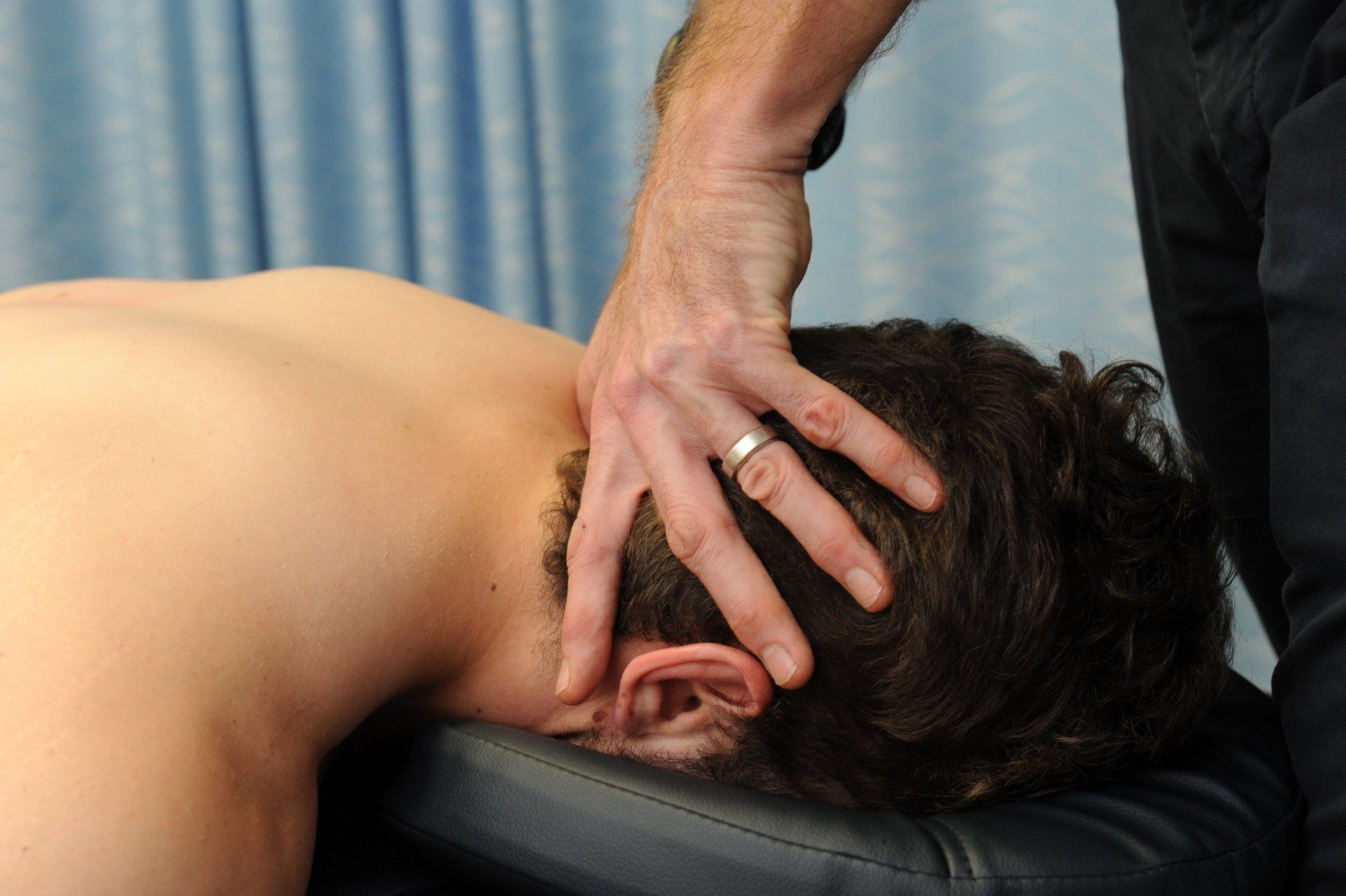The Shoulder Joint - Frozen Shoulder
Why some TLC might be the best way to thaw a frozen shoulder

Frozen shoulder, or adhesive capsulitis, is a relatively common condition that effects 3% to 5% of population. Characterised by gradual onset of shoulder pain, stiffness and inflammation, it is often misdiagnosed in the early stages as bursitis or arthritis, resulting in delayed referral to physio and a protracted period of limited shoulder movement and pain.
How does Frozen Shoulder develop?
Pathologically, frozen shoulder develops when inflammation in the capsule of the shoulder progresses to fibrosis of the capsule. Essentially adhesions develop within the layers of the joint capsule, robbing it of its elasticity and flexibility. Why this happens, we’re not sure, but it results in a tight joint capsule that makes the shoulder physically tight, stiff and painful to move.
Frozen shoulder can develop insidiously (ie, with no causative factor identified) or following trauma or surgery. It most commonly affects people between the ages of 40 and 60 and occurs in women more often than men. In addition, people with diabetes are at an increased risk for developing frozen shoulder. Initial symptoms include pain and weakness, with reported difficulty getting dressed, scratching your back and reaching above your head.
Why “Frozen” Shoulder?
The term ‘Frozen’ Shoulder came about because of the course this condition follows when left untreated – Gradual increase in stiffness and pain (freezing), a period of very restricted movement (frozen), and a period of gradual freeing up (thawing). The reality is that left untreated this process can take anywhere from 9 months to 3 years to transpire, with the end result still being a somewhat restricted, functionally limited shoulder. Hmmmm.
How is Frozen Shoulder diagnosed?
A detailed history and thorough assessment of the shoulder by a physiotherapist can usually accurately diagnose frozen shoulder. In some instances, referral for medical imaging (xray or MRI) may be required to differentiate between other potential causes of shoulder pain or co-morbidities such as a rotator cuff tear or arthritis.
Referral to an orthopaedic surgeon is not usually required though in some recalcitrant cases this may be required.
So, what is the best course of action?
Well first, let’s debunk two theories:
1. Don’t “Do nothing”. Essentially this just prolongs your pain and reduces the chance of a full recovery. At the end of the day, movement will return, but there is likely to always be some degree of restriction.
2. Don’t treat aggressively. If you’ve got a painful, restricted shoulder, that you can’t lie on at night, the last thing you want is someone telling you “No pain no gain”. This might get some movement back, but it’s going to hurt like hell and you are not going to be happy.
Which leaves us with a huge area in between! And this is where results lie.
The best treatment will be patient-centred and goal oriented. It varies for every person, and so treatment needs to be tailored to you. We know that there is a lot of muscle spasm and restriction associated with frozen shoulder, so addressing these with soft tissue work, dry needling, gentle stretching and strengthening is paramount. Pain levels should be well controlled and hydrotherapy can be great for helping this and getting some gentle movement going. Also, sleep is super important, so helping you find a regime to keep you comfortable at night is essential. Your GP might prescribe pain relief, while non-pharmaceutical approaches such as hot packs and TENS can provide temporary relief.
Corticosteroid injection may be considered in some instances, but patients are advised that these often do not result in clinically beneficial long term outcomes.
If your looking for some more information on the management of frozen shoulder, check out this perspective from the Journal of Orthopaedic Sports and Physical Therapy:
What now?
DON’T WAIT! The longer you put up with it, the greater the challenge to get movement back.
At Movement for Life Physiotherapy, we can diagnose the cause of your shoulder pain and let you know whether your shoulder really is frozen or if there is something else going on. Once we know that your shoulder is frozen, our physiotherapists will help you to get that shoulder thawed out so you can get back to business as usual sooner.
Give us a call now on 08 8945 3799 or click on BOOK AN APPOINTMENT to book online.








